Archaea & Cold Adaptation
Most of the biosphere (>80%) is cold (permanently below 5°C), thus, a large proportion of organisms have evolved to thrive in cold environments. We are collaborating with Rick Cavicchioli (UNSW), who has established a comprehensive program to determine the mechanisms by which archaea adapts to cold environments. We are looking at factors that allow proteins to function at low temperature as well as molecular chaperones and protein folding in psychrophiles. We have determined the crystal structure of a monomeric form of the archaeal chaperonin, Cpn60, from the Antarctic psychrophile Methanococcoides burtonii. We have discovered that nucleic acid binding proteins play an important role in stabilising nucleic acids at low temperatures.
RNPs
Ribonucleoprotein complexes form some of the most ancient, central machines in extant organisms. The Sm/Lsm proteins from a core ring structure that appears in many RNPs in all three domains of life. In collaboration with Bridget Mabbutt (Macquarie University), we are using X-ray crystallography to gain a better understanding of these ring complexes in both archaea and eukarya.
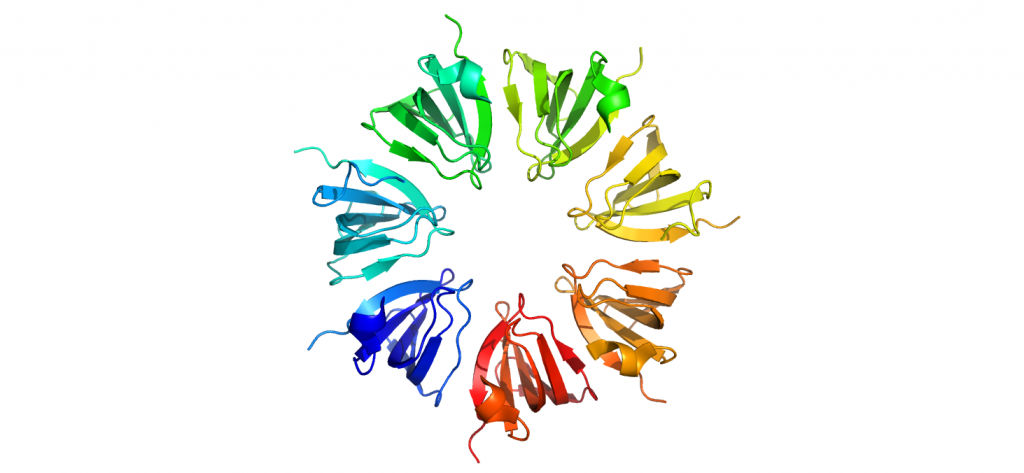
1N9R-Yeast-SmF 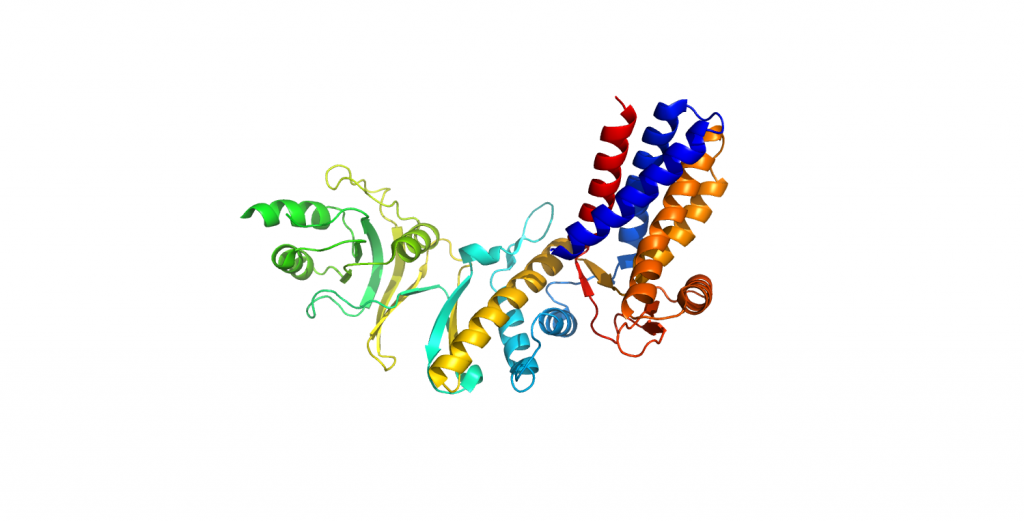
3AQ1-M.-Burtonii-GII-Chaperonin
Molecular Chaperones
Protein folding is a key biological problem. The environment in the cell is crowded and the conditions not necessarily conducive to spontaneous folding. Several families of proteins are involved in assisting proteins to fold correctly or preventing aggregation and inappropriate interactions. These proteins are known as molecular chaperones. We are focusing on several types of molecular chaperone, including the chaperonin, Cpn10. Cpn10 also acts as an immunomodulatory protein and we are studying its structure in collaboration with CBio Ltd Biopharmaceuticals, Stephen Mahler (University of Queensland) and Chris Marquis (UNSW). We have also determined the crystal structure of a monomeric form of the archaeal chaperonin, Cpn60, from the Antarctic psychrophile Methanococcoides burtonii in collaboration with Rick Cavicchioli (UNSW).

3AQ1-M.-Burtonii-GII-Chaperonin
Integrons and Gene Cassette Proteins
Lateral Gene transfer is a major phenomenon in bacteria and archaea. The integron/gene cassette system interconnects bacterial communities via a metagenome of cassette-encoded genes, which can be acquired, rearranged and discarded as a result of environmental pressure. The integron/gene cassette system is the major mechanism by which pathogens gain antibiotic resistance. Most of the proteins encoded by the gene cassettes are unrelated to proteins in the databases. We are exploring the function of these cassette proteins from environmental samples as well as Vibrio, where many species contain large cassette arrays (>100 genes). This is a collaboration with Bridget Mabbutt (Macquarie University) and Hatch Stokes (University of Technology Sydney).
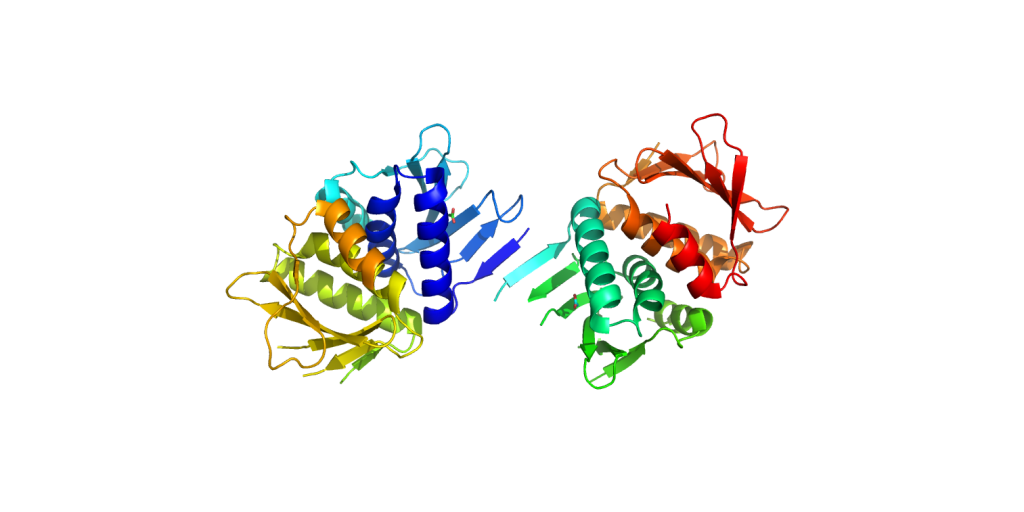
3IMO-Gene Casette protein Cass14 Vibrio Cholerae 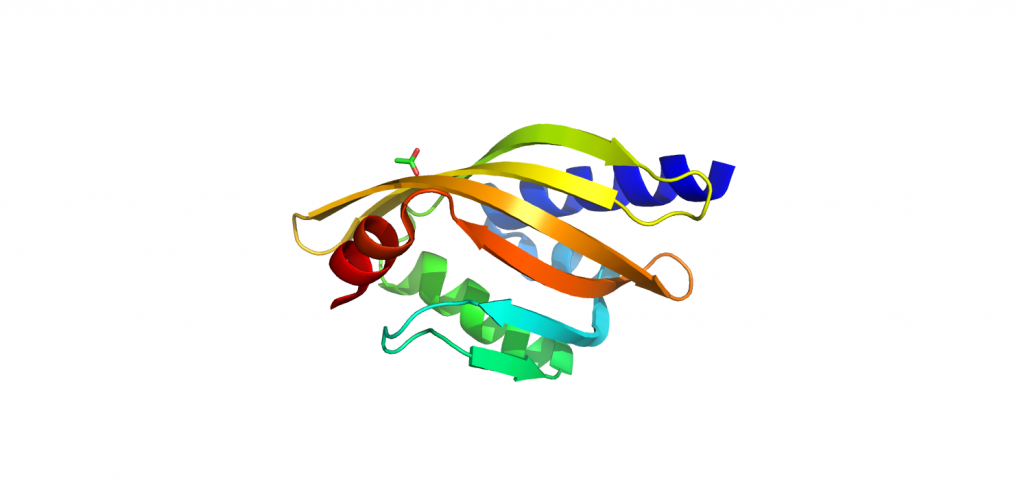
1TUH-Bal32a-Soil-Derived-Gene-Casette 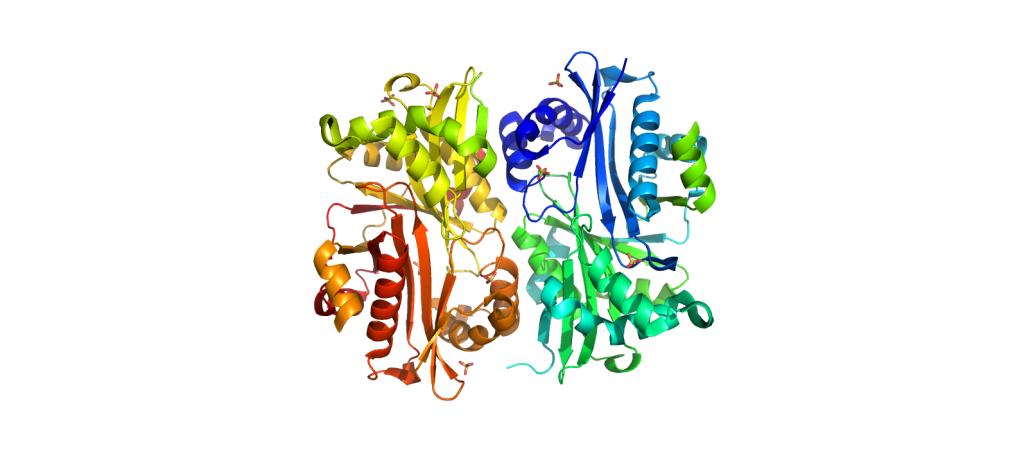
3I9s-Metagenome-Cholreae-Cass6 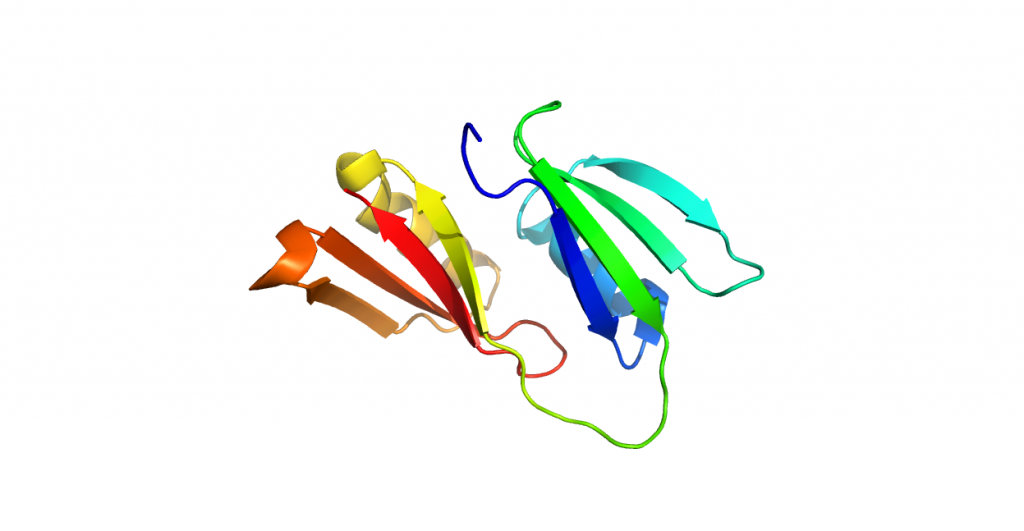
3GHJ-Halifax-Harbour-Sewerage-Integraon-Casette 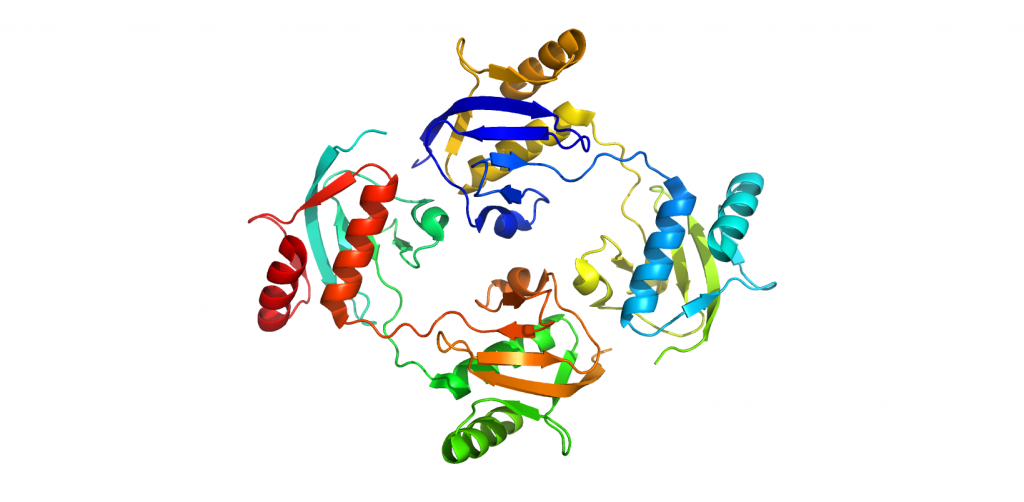
3IF4-Sewerage-Northwest-arm
Protease Inhibitors and Serpins
The serpin family proteins are usually protease inhibitors. They are the most important regulators of proteases in eukaryotes. They work via a “mouse trap” mechanism whereby a target protease begins to cut the serpin “bait” (Reactive Centre Loop) and becomes covalently trapped and unfolded as the serpin moves from its metastable active state to its stable RCL inserted state. This structural change involves the insertion of the RCL into the centre of a β sheet in the middle of the serpin.
Human Plasminogen Activator Inhibitor 2 (PAI-2)
PAI-2 is a serpin that finds, binds to and inhibits plasminogen activators such as urokinase. During the process of inhibition, the serpin undergoes an incredible conformational change, which involves inserting a loop into a beta sheet as an extra strand. We have determined the crystal structure of human PAI-2 in the active (stressed) state (image, PDB entry: 1BY7) and relaxed state, where a peptide corresponding to the RCL has inserted into the central β sheet. We have used our analysis of residue correlations in β sheets to gain understanding of this process. We have determined several structures where the P8 site in the RCL has been mutated in the peptide and inserted into the β sheet.
Arabidopsis serpin AtSerpin1
Serpins are important regulatory proteins in plants. We have determined the first crystal structure of a plant serpin, AtSerpin1 from Arabidopsis thaliana in the active form. The structure shows several features that are unique to plant serpins. This is a collaboration with Tom Roberts (University of Sydney) and Robert Fluhr (Weizmann Institute).
Rubisco
Rubisco is the most abundant protein in plants. Based on the structure, we have postulated a mechanism for closing and a mechanism for catalysis. (image, PDB entry: 1EJ7).
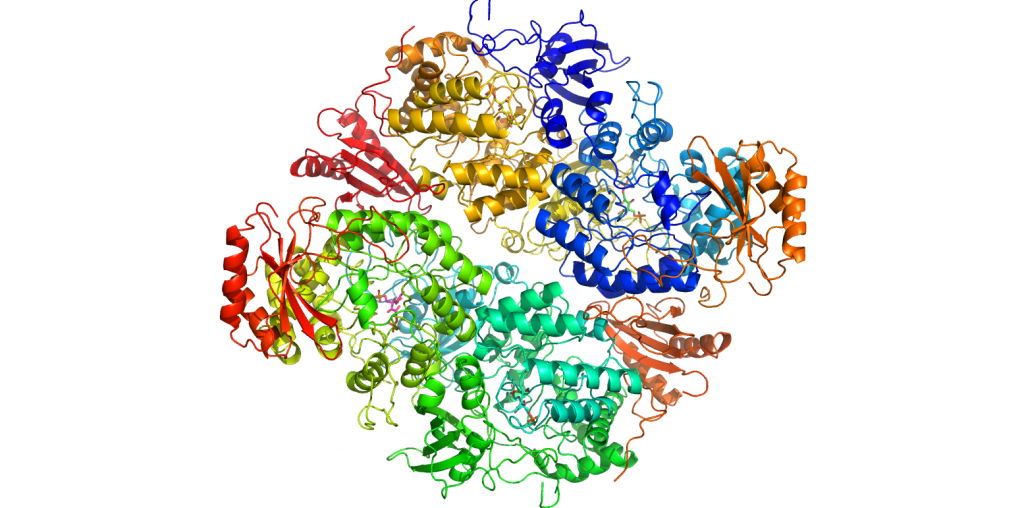
4RUB-Rubisco 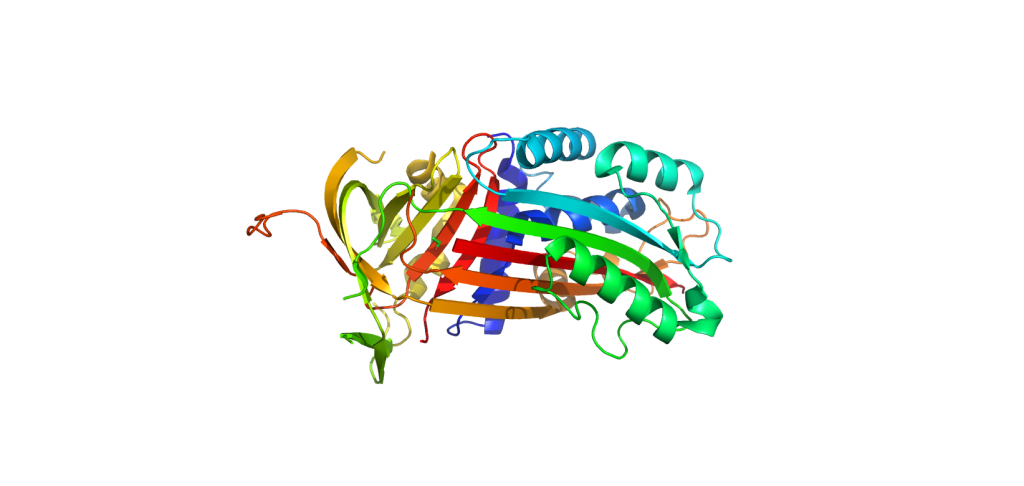
2Arr-Plasminogen-inhibor-2-serpin 
3Le2-arabadopsin-serpin-stressed-conformation
β Sheet Structures in Proteins
Why do particular segments of a protein form β structures?
We have analysed the sequences of β structures in proteins to gain a better understanding of their formation. In particular, we have discovered correlations between neighbouring residues across strands. These may be important in protein folding and the formation of amyloid.
What is the physical origin of twist & shear in β sheets and β ribbons?
We have analysed the correlations between physical properties of β structures in proteins. Using this data, we have identified the physical mechanism responsible for the shear and twist of β sheets.